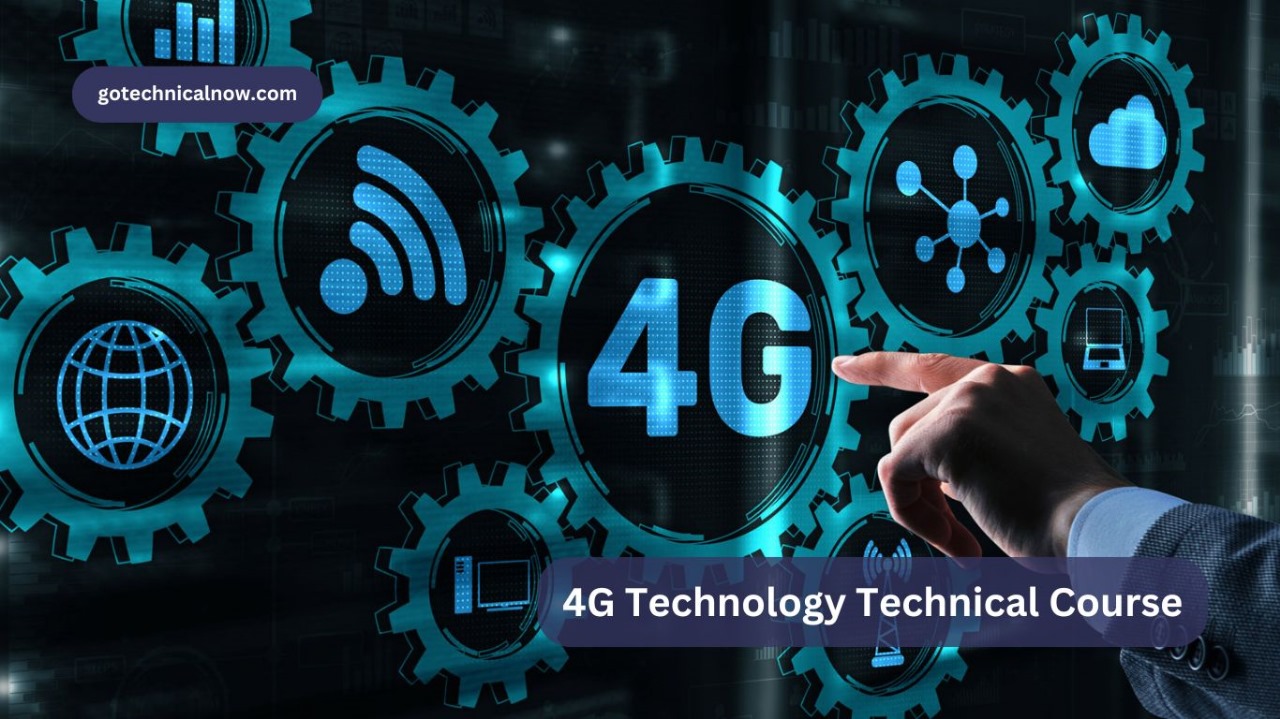The advent of 4G technology marked a significant milestone in the evolution of mobile communication, offering unprecedented data speeds and connectivity solutions. This article provides an overview of the development of 4G, its capabilities and services, and how it integrates with other technologies like Wi-Fi.
The Evolution of 4G Technology
4G, or the fourth generation of mobile network technology, was developed to address the increasing demand for faster and more reliable wireless communication. Preceded by 3G, which introduced mobile internet and basic data services, 4G aimed to enhance these capabilities with higher speeds, better reliability, and increased capacity. The key driving force behind 4G was the need to support high-definition video streaming, rapid data transfer, and advanced mobile applications.
Capabilities and Services of 4G Networks
One of the primary capabilities of 4G networks is mobile broadband. Unlike its predecessors, 4G provides data transfer rates that can support high-definition streaming, online gaming, and other data-intensive applications. This is achieved through technologies like Orthogonal Frequency Division Multiplexing (OFDM) and Multiple Input Multiple Output (MIMO), which improve the efficiency and capacity of the network.
4G also supports machine-type communications (MTC), enabling the proliferation of Internet of Things (IoT) devices. These devices require a network that can handle numerous simultaneous connections with low latency, a requirement that 4G meets effectively. This capability has paved the way for smart homes, connected cars, and various industrial IoT applications.
Data Transfer and Quality of Service
Data transfer in 4G networks is facilitated through sophisticated mechanisms that ensure seamless connectivity. This includes managing sessions and Packet Data Network (PDN) connections, which are crucial for maintaining stable and continuous communication. Quality of Service (QoS) is another vital aspect, as it prioritizes different types of traffic to ensure that critical applications receive the necessary bandwidth and low latency. This is particularly important for applications like VoIP (Voice over Internet Protocol) and video conferencing, where delays can significantly impact user experience.
The Rise of Smartphones, App Stores, and OTT Services
The rise of 4G technology coincided with the explosion of smartphones and app stores, fundamentally transforming the way people interact with technology. The higher data speeds and lower latency of 4G networks made it possible for users to download and use apps that require substantial data transfer, such as social media, streaming services, and navigation tools. This development also led to the growth of Over-the-Top (OTT) services, which deliver content directly to users via the internet, bypassing traditional distribution methods. Examples include Netflix, YouTube, and WhatsApp, all of which rely heavily on robust and fast network connections.
Net Neutrality and 4G
Net neutrality is a principle that has become increasingly relevant with the rise of 4G networks. It advocates for all internet traffic to be treated equally, without prioritizing or throttling specific services or websites. This principle ensures that users have unrestricted access to all online content, fostering innovation and competition. The debate around net neutrality continues as service providers and regulators grapple with the best way to manage network resources while maintaining fair access for all users.
Integration of Wi-Fi with 4G Networks
An important aspect of 4G technology is its ability to integrate with Wi-Fi networks. This integration provides several benefits, including improved network coverage and capacity. Wi-Fi offload is a common practice where mobile data traffic is offloaded to Wi-Fi networks to reduce congestion on cellular networks. This is particularly useful in densely populated areas where network demand is high.
Wi-Fi calling is another feature that leverages the integration of Wi-Fi with 4G. It allows users to make voice calls over Wi-Fi networks when cellular coverage is weak or unavailable. This ensures that users remain connected even in challenging environments, such as indoors or in remote areas.
4G technology has revolutionized the mobile communication landscape, providing faster data speeds, improved connectivity, and the ability to support a wide range of applications and services. Its development and evolution have laid the foundation for future advancements in mobile networks, paving the way for the upcoming 5G technology. As 4G continues to integrate with other technologies like Wi-Fi, it remains a crucial component of our connected world, driving innovation and enhancing the way we communicate and interact with digital content.






